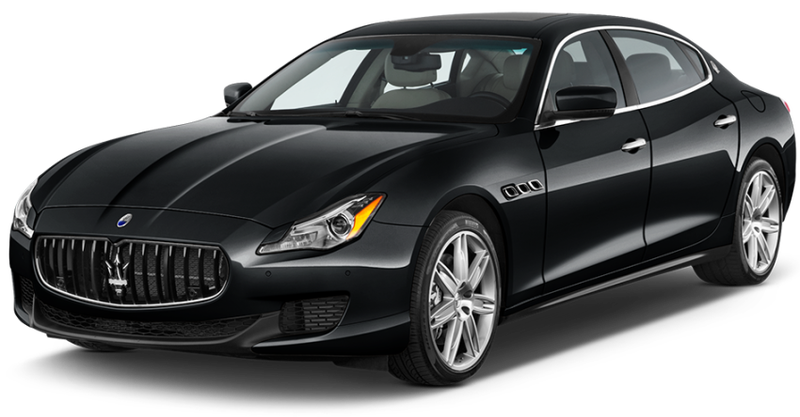
Founded in 1914 by the Maserati brothers in Bologna, Italy, Maserati has evolved from a racing powerhouse to a symbol of luxury and performance. With its iconic trident emblem—inspired by Neptune’s statue in Bologna’s Piazza Maggiore—the brand embodies strength, innovation, and Italian craftsmanship 17.
From Racing Roots to Global Recognition
The Maserati brothers—Alfieri, Bindo, Carlo, Ettore, and Ernesto—began by building racing cars, achieving early success with the Tipo 26 in 1926. Their engineering prowess shone in the 1930s with the 8CTF, which won the Indianapolis 500 in 1939 and 1940, making Maserati the only Italian brand to claim this victory 17. Post-WWII, Maserati pivoted to road cars, launching the A6 1500 in 1947, a sleek grand tourer designed by Pininfarina 12.
The 3500 GT (1957) marked a turning point as Maserati’s first mass-produced luxury car, blending a 3.5L inline-six engine with Touring Superleggera aluminum bodies. This model solidified the brand’s reputation for combining performance with elegance 14.
Iconic Models and Ownership Shifts
The Golden Era: The 1960s introduced legends like the Quattroporte (1963), the world’s first luxury sports sedan, and the Ghibli (1967), a V8-powered coupe with Giorgetto Giugiaro’s avant-garde design 112.
Citroën and Mid-Engine Revolution: Under Citroën’s ownership (1968–1975), Maserati developed the Bora (1971), its first mid-engine supercar, featuring advanced hydraulics and independent suspension 14.
De Tomaso and the Biturbo: The 1980s saw the Biturbo, a twin-turbocharged coupe that became Maserati’s best-selling model despite mixed reviews. Financial struggles led to Fiat’s acquisition in 1993, revitalizing the brand with models like the 3200 GT and modern Quattroporte 511.
Modern Renaissance and Electrification
Today, under Stellantis ownership, Maserati balances heritage with innovation:
MC20: Launched in 2020, this mid-engine supercar features a 621 hp V6 “Nettuno” engine with Formula 1-derived combustion technology 12.
Folgore Electrification: The GranTurismo Folgore (2023) and upcoming Grecale Folgore SUV mark Maserati’s shift to electric power, combining 750+ hp outputs with cutting-edge battery tech 12.
Modena Legacy: The historic Modena plant, operational since 1940, now produces the MC20 and remains a hub for innovation. Over 90,000 road cars and 420 race cars have rolled out of its gates 12.
Cultural Impact and Partnerships
Maserati’s allure extends beyond automotive circles:
Racing Pedigree: Juan Manuel Fangio’s 1957 Formula 1 title in the 250F and modern ventures into Formula E highlight its motorsport DNA 412.
Luxury Collaborations: Partnerships with brands like Ermenegildo Zegna and Sonus faber infuse interiors with bespoke fabrics and premium audio systems 12.
Pop Culture: From Luciano Pavarotti’s love for the Quattroporte to appearances in films like Birdcage and The Dark Knight, Maserati epitomizes Italian glamour 12.
The Road Ahead
Maserati’s future includes synthetic fuel research to preserve combustion engines and a fully electric lineup by 2028. The Lanzador concept previews an electric GT, while the MCXtrema track-only hypercar pushes boundaries with aerodynamics derived from racing 12.
Epilogue: La Dolce Vita, Reimagined
From the roar of the 8CTF at Indy to the whisper-quiet Folgore EVs, Maserati’s story is one of resilience and reinvention. As CEO Davide Grasso notes, “We honor our past by racing into the future.” Whether carving through Modena’s hills or gliding into Dubai’s skyline, a Maserati remains a trident-shaped promise of audacity and artistry. 🏁
Comments